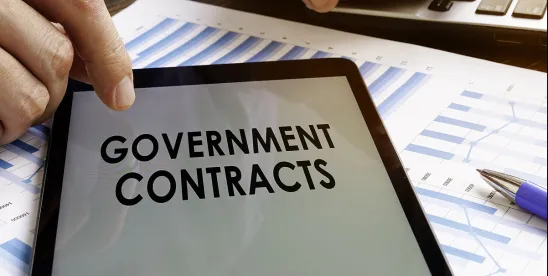For businesses aiming to win federal contracts, navigating the System for Award Management (SAM.gov) is a necessary — and often daunting — first step. Whether you’re a seasoned government contractor or new to federal procurement, understanding how to use SAM.gov effectively is crucial for compliance, eligibility, and success in the competitive public sector marketplace.
This guide walks you through the core functions of SAM.gov, common pitfalls, and legal tips to ensure your business stays on the right side of procurement regulations.
What Is SAM.gov?
SAM.gov is the official website of the U.S. government for contracting and award management. It consolidates multiple federal procurement systems, including:
- CCR (Central Contractor Registration)
- FedBizOpps (now under Contract Opportunities)
- EPLS (Excluded Parties List System)
SAM.gov is where entities register to do business with the federal government, search for contract opportunities, report on contract performance, and maintain necessary compliance documents.
Entity Registration
Before bidding on federal contracts, your business must register in SAM.gov. Here’s what you’ll need:
- Unique Entity ID (UEI) – As of April 2022, replaces the DUNS number
- TIN/EIN – A valid taxpayer identification number or employer identification number
- Banking Info – For payment via the federal System for Award Management
- NAICS Codes – Identify your industry categories for contract eligibility
- CAGE Code – Issued automatically during the SAM registration process
Legal Tip: Ensure that your entity name and TIN exactly match IRS records. Mismatches are a common cause of registration delays or rejections.
Navigating Contract Opportunities
SAM.gov serves as the central hub for federal contract solicitations. You can search for opportunities by:
- Agency
- Set-aside type (e.g., small business, 8(a), HUBZone)
- NAICS code
- Location
Best Practice: Set up a user account and create saved searches or email alerts to receive real-time updates tailored to your business profile.
Representations and Certifications
When registering, you must complete the “Reps & Certs” section, which includes key affirmations under the Federal Acquisition Regulation (FAR) and other rules.
This section covers:
- Business size standards
- Socio-economic ownership status (e.g., woman-owned, veteran-owned)
- Eligibility for certain government contract opportunities
- Compliance with laws such as the Buy American Act
Legal Tip: Misrepresenting your business status (intentionally or not) can lead to penalties under the False Claims Act and/or lead to suspension or debarment. Periodically review and update your certifications to ensure ongoing accuracy.
Staying Compliant and Active
A SAM.gov registration must be renewed annually, but it’s best to review it more frequently for accuracy.
Key compliance reminders:
- Update contact information and ownership structure changes promptly
- Track your expiration date and start renewal at least 30 days prior
- Review FAR and DFARS clauses that apply to your business category
Warning: Lapsed or inaccurate registration can disqualify you from contract awards or delay payments.
Common Pitfalls to Avoid
- Incomplete Registration – Missing data, especially banking or IRS info, will stall the process.
- Expired Login Credentials – SAM.gov uses Login.gov for access. Inactive accounts can lock you out.
- Scams and Third-Party Solicitors – Only use official .gov channels. Watch out for unofficial “registration help” services that charge unnecessary fees.
- Not Reading Solicitations Carefully – Every contract opportunity on SAM.gov may have different requirements. Don’t assume they’re standardized.
Final Thoughts
SAM.gov is a powerful tool that connects contractors with billions in federal spending opportunities. But navigating it requires diligence, accuracy, and an understanding of legal obligations under federal procurement law. Contractors should consider consulting legal counsel or compliance advisors to mitigate risk and stay competitive.





 />i
/>i
